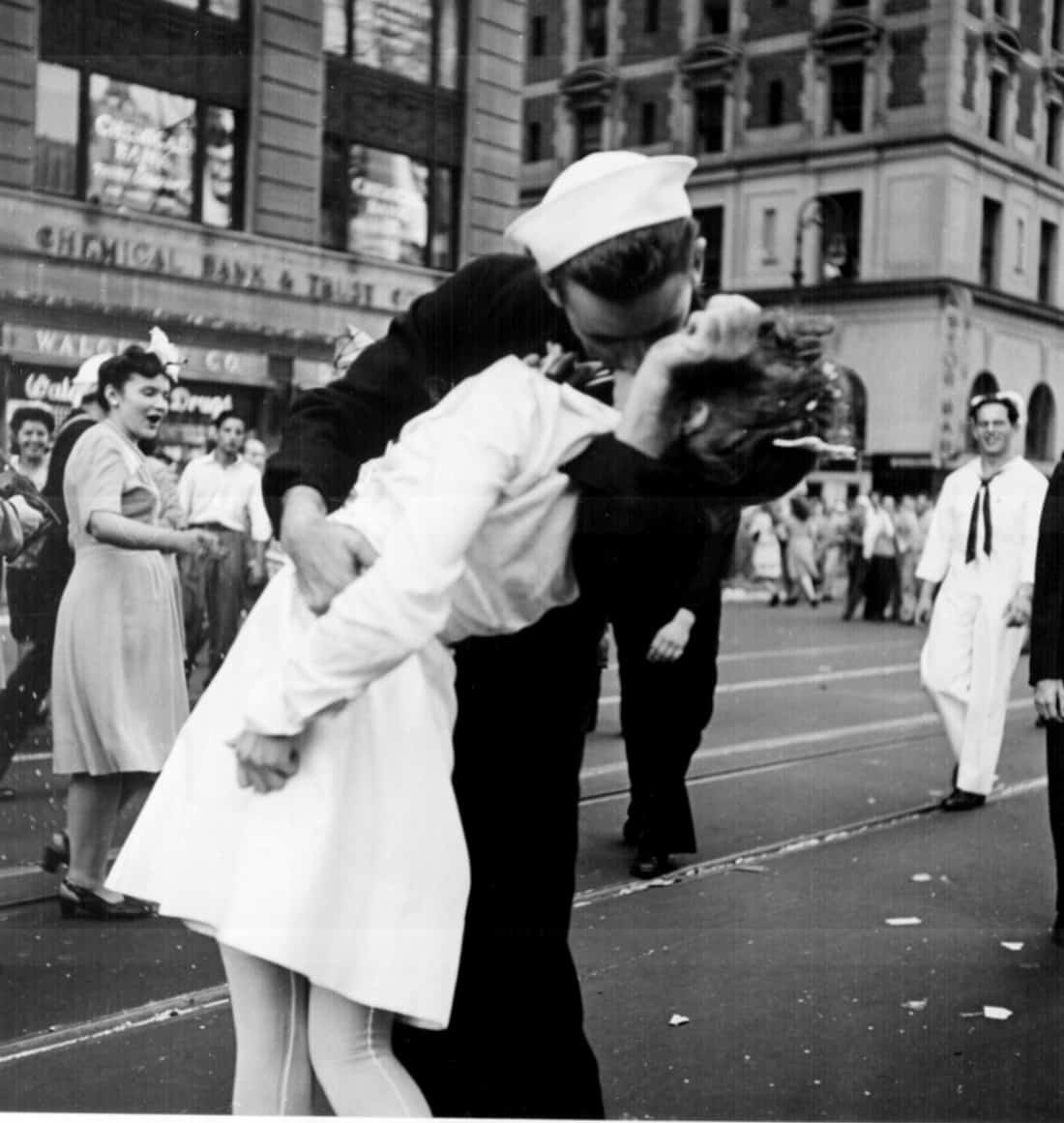Getting My Framing Streets To Work
Wiki Article
Fascination About Framing Streets
Table of ContentsFraming Streets for DummiesFacts About Framing Streets RevealedThe Only Guide to Framing StreetsThe Greatest Guide To Framing StreetsGetting My Framing Streets To WorkThe Facts About Framing Streets Revealed
Photography category "Crufts Pet dog Show 1968" by Tony Ray-Jones Road photography (also occasionally called honest photography) is photography carried out for art or inquiry that features unmediated possibility experiences and arbitrary occurrences within public locations, usually with the goal of catching pictures at a definitive or poignant minute by mindful framing and timing. 
Consequently his boots and legs were well defined, but he is without body or head, because these remained in motion." Charles Ngre, waterseller Charles Ngre. https://pubhtml5.com/homepage/jtdxv/ was the initial digital photographer to obtain the technological class required to sign up individuals in motion on the street in Paris in 1851. Professional Photographer John Thomson, a Scotsman collaborating with journalist and social protestor Adolphe Smith, published Street Life in London in twelve monthly installations starting in February 1877
What Does Framing Streets Mean?
Eugene Atget is pertained to as a progenitor, not since he was the very first of his kind, however as an outcome of the popularisation in the late 1920s of his record of Parisian streets by Berenice Abbott, who was inspired to take on a comparable paperwork of New york city City. [] As the city created, Atget assisted to promote Parisian streets as a worthwhile topic for photography.
Some Known Incorrect Statements About Framing Streets
Martin is the very first videotaped professional photographer to do so in London with a masked cam. Mass-Observation was a social research organisation established in 1937 which aimed to tape daily life in Britain and to tape-record the responses of the 'man-in-the-street' to King Edward VIII's abdication in 1936 to marry divorce Wallis Simpson, and the sequence of George VI. The chief Mass-Observationists were anthropologist Tom Harrisson in Bolton and poet Charles Madge in London, and their very first record was produced as the publication "May the Twelfth: Mass-Observation Day-Surveys 1937 by over 2 hundred viewers" [] Home window cleaner at Kottbusser Tor, Berlin, by Elsa Thiemann c. 1946 The post-war French Humanist School professional photographers found their subjects on the street or in the bistro. In between 1946 and 1957 Le Groupe des XV annually displayed job of this kind. Andre Kertesz. Circus, Budapest, 19 May 1920 Street digital photography formed the significant content of two events at the Museum of Modern Art (Mo, MA) in New york city curated by Edward Steichen, 5 French Photographers: Brassai; Cartier-Bresson, Doisneau, browse around here Ronis, Izis in 1951 to 1952, and Post-war European Digital Photography in 1953, which exported the concept of street photography globally.
Framing Streets - The Facts
, after that a teacher of young kids, associated with Evans in 193839.'s 1958 book,, was considerable; raw and typically out of focus, Frank's images questioned mainstream photography of the time, "challenged all the formal policies laid down by Henri Cartier-Bresson and Pedestrian Evans" and "flew in the face of the wholesome pictorialism and heartfelt photojournalism of American magazines like LIFE and Time".Report this wiki page